Bangkok has many quirky things to see or do. Many of them of which even we didn’t know up until a few years ago. There was the airplane graveyard we came across a few months ago. Then we spent quite some time exploring a few off-the-beaten spots through some narrow alleyways of Wutthakat, Thonburi and Chinatown. But none of these compared to what we recently discovered. Well not discovered, since we knew about it for quite a long time but just couldn’t make the time to check it out. Guys, if you’re one of those people like us who love to explore unique places then you’ll love the Siriraj medical and cultural museums.
Located in the Siriraj Hospital complex on the north-west bank of the Chao Phraya River, the Siriraj Medical Museum is one of those places you have to see for yourself to believe. Quite literally though, because we don’t have a lot of pictures from our trip since photography is not allowed inside. However, if you do a Google search, you will find plenty of photos from people who sneaked a few in. Sorry, we don’t do that. We respect rules…some of them at least 🙂
Anyways, here’s a little guide of what to expect, do and not do when visiting this amazing place.
Bit of background info
Siriraj Hospital is the oldest and largest hospital in Thailand, built by H.M. The King Chulalongkorn in the late 1800s. It is basically the innovator of Thai medicine and shaped the industry today. Now the campus area boasts some amazing architecture, libraries, outreach centers, hospitals, schools and museums to showcase what it has done and continues to do for Thailand.

Photo credit: ifmsa.org
The Siriraj Museums
Opening Hours : Monday, Wednesday – Sunday from 10.00 – 17.00 hrs. (Closed on Tuesday and Public Holidays)
Spread across the Siriraj Hospital campus, there are actually 6 different exhibits situated in 2 major museums – the Siriraj Medical Museum and the Siriraj Bimuksthan Museum. The latter is quite new, modern and very interactive. To get around the campus, you can easily walk or bike it. There are also songthaews (local transport) and motorbike taxis situated near the main private hospital.
Siriraj Medical Museum
This place requires no introduction, especially when it is nicknamed ‘the museum of death’. There is little you can assume here. Quite literally it houses some of the most interesting, freaky and morbid exhibits. From decomposed body parts and flesh rotting corpses to freak accident displays and dead bodies, there is much to see here.
The exhibits are spread across two buildings – the pathological museum and the forensic medicine museum but don’t worry as they are only a few stones away from each other. Here’s a map that will help you out.

Forensic Museum
We first walked over to the forensic museum located on the 2nd floor of the building (right-most part of the map). We swapped our ID cards for a badge number and headed upstairs where reception asked us if we are Thais. We spoke Thai but if you don’t have a Thai ID, you will have to pay for foreigner price. Luckily she was being generous so she gave us Thai price, which was a 100 Thai Baht to see all the museums, including the Bimuksthan Museum. For foreigners, I believe it is 200-250 Thai Baht.
Upon entering, you will see some strange cases of criminal victims such as blunt force trauma and bullet holes in a human skull. You will also see an exhibit of the impact from the 2004 Tsunami that hit parts of Phuket. Continuing on you will see some more freak-case accidents, murder victims, deformed babies at birth and strange deaths.

photo cred: alwaysrestlessfeet.com
The next room (parasitology exhibit) is all about diseases and parasites that infect the human body. Displays are quite graphic and not for the faint of heart if you haven’t noticed already.
There is also a touch exhibit, which is in honor of the Queen. This is a learning base for the visually-impaired, designed to assist in touch-feel learning on silhouettes. It also gives those with vision to experience what it is like. However, there was a long line here so we didn’t get to experience it.
Pathological Museum
The second museum we went to was the Pathological museum (lower right part of the map). This is equally and perhaps even more strange than the first one. You’ll find jars of babies in formaldehyde with strange deformities such as conjoined bodies, skeletons of different sizes and all sorts of crazy stuff. At this point, I was wondering how it would be to be here at night and what if they made a ‘Night at The Museum’ film for this location. Wouldn’t that be an awesome movie!? Just imagine all these exhibits coming to life…FREAKY! I had chills thinking about it.
Here’s a photo we managed to find from Instagram to give you an idea.
Honestly, we don’t want to give away too much of what you will see inside the museums because that takes away half of the surprise and awe. So we definitely recommend and hope that this is enough to convince you to go and see for yourself. BUT if you really want a sit-at-home visual experience, definitely go through these guy’s gallery. How they took so many photos is beyond us.
Siraraj Bimuksthan Museum

Siraraj Bimuksthan Museum is located up next to the river banks near the hospital. This section of the museums is relatively new. The exhibits here are modern and more interactive. As soon as you step in, it’s beautiful air-conditioned lobby.

After putting our things in the locker, we were escorted to library-like room with books and ornaments all around. In front a large projector screen. We watched a short film about Thai history and how the railway and river was a huge influence on trade and travel. The showing was in Thai but it had English subtitles.
Walking further in, more interactive displays and even one that was in 3D! We were very impressed. This is definitely the less freaky and strange section but equally interesting. We absolutely loved the interactive exhibits and pretty sure you would too.

How to get there
The best way to get to the Siriraj Medical Museum is to take the ferry on the Chao Phraya river.
Simply take the BTS Skytrain to Saphan Taksin station. Take Exit 2, and head to the Sathorn Pier (Central Pier). From here take Express Boat upriver to Wang Lang (N10). Get off the pier and turn right and walk through the Siriraj complex (use the map above for reference). Look for buildings 27 and 28.
So did you enjoy the visual tour of the (in)famous Siriraj Medical & Cultural Museum? We hope you take an actual one soon on your next Bangkok trip.






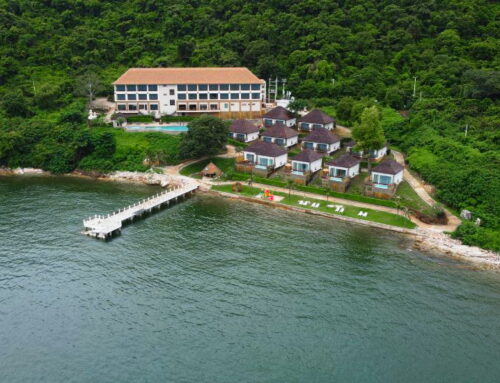
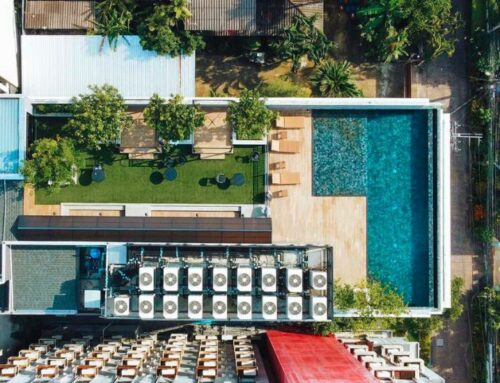
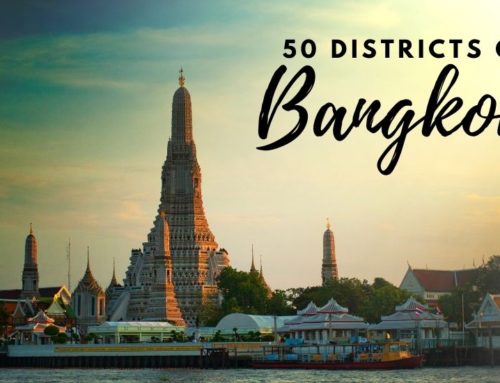

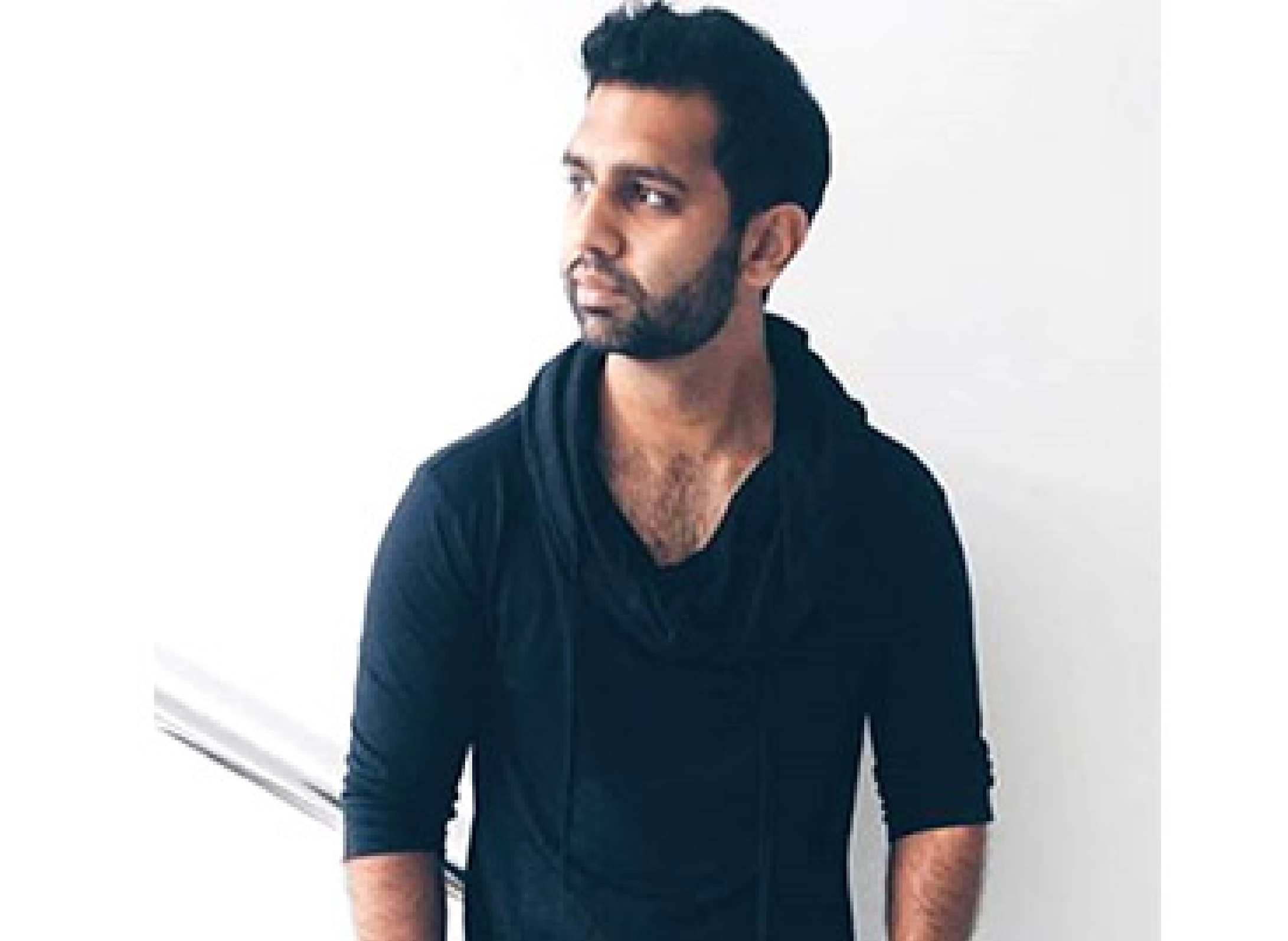

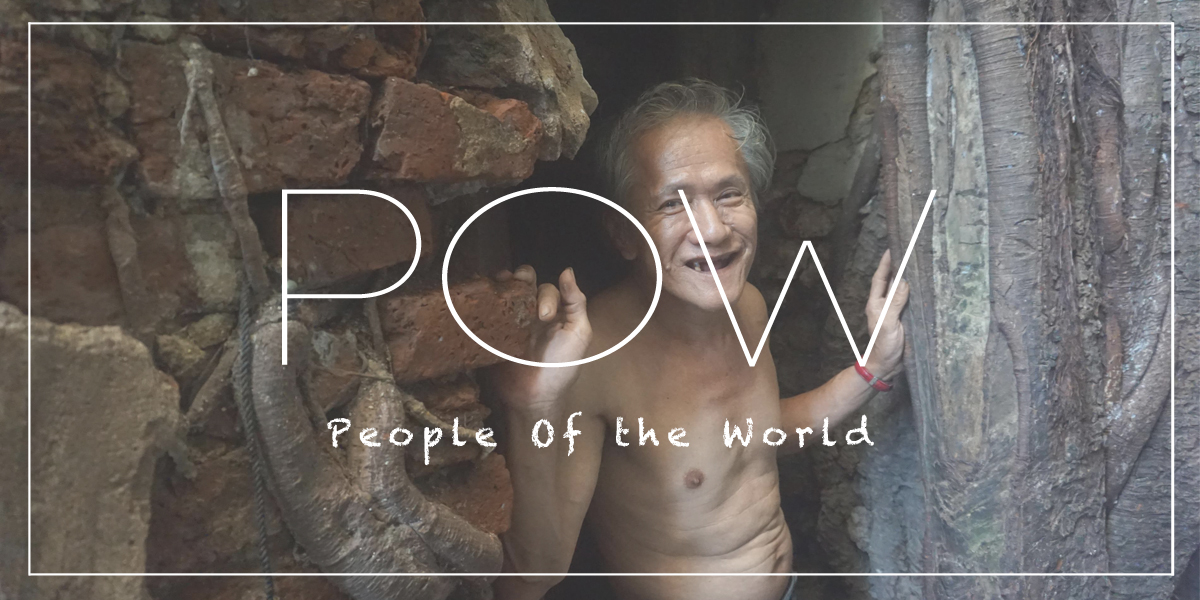





This sounds like a very unique museum maybe dare i say for a niche audience. I myself would love to visit i think it would be fantastic
Yes, very niche. It’s good because it’s not crowded at all.
It is interesting to read about places to visit off the typical tourist trail. Something different and unusual for those visiting Thailand.
Oh geez, this place doesn’t sound for the faint of heart. It’s always so difficult to explain a museum in a blog without photos, but I think you’ve done an excellent job. And to be honest, I’m glad you didn’t have anymore photos based on the ones you showed! Haha, these photos aren’t great if you’re about to eat! Good job on finding more unique things to do in Bangkok!
Right? I’m not the queezy type but sometimes I did feel it. Good thing we ate hours before we went there hahah. Thank you Megan for the kind words.
Wow that museum looks so interesting, is it weird that I think that haha. I remember going to an exhibit once called Bodies which was just fascinating.
This is indeed an offbeat destination. So different from what people expect from Bangkok. Thanks for sharing this different perspective. I find the exhibits in the Medical museum really fascinating. It is definitely worth a visit next time.
Whoa! This is SO FREAKY! I wish I had known about these places when I did my bookend trips in Bangkok. I totally would have checked them out. Next time (Halloween, perhaps?)!
Yes, definitely the next time you’re here. It’s OK you missed it because you have a reason to come back and meet us too. We didn’t go till recently also so don’t worry 😉
If this were a Night at the Museum Film, it would be super scary!!! I would probably cry! I’m very faint of heart when it comes to watching parasites infect the human body so I don’t think I would want in on this museum. It sounds really cool, but I don’t think I could handle it.
Very interesting and creepy at the same time. Who knew parasitology exhibit exists, I think curiosity would win and I would visit.
I have never heard about this kind of museum before. Kindly unique and creepy at the same time.
JM | Man Of Wanders
A little gross for my liking. But I am sure, some people make like it. I for one, would prefer to stay off. 🙂 Nonetheless, a unique find
I love museums and the weirder the better. This reminds me a little bit of the bodies exhibit that runs in manhattan. If I am ever in the area, I’ll be sure to check this one out!
Awesome. Let us know when you do. It was Kanika’s third time and my first. Really great experience.
ooh I’m not sure I could go to that forensic museum, way too creepy for me! At least its something different to do in Bangkok!!
It is quite creepy but awesome as well.
That’s creepy! I’m not big on museums but I’d definitely check this one out. Definitely, wins some cool points. Thanks for putting it on the map 🙂
You’re welcome! Hope you get to visit. Defintely unique, right?
Very interesting, but maybe not for me. Some of those exhibits would make good conversation starters – Thanks for sharing, though. It’s really fun reading about quirky places like this that I would probably never discover on my own.
I actually have been here myself! I had spent quite a bit of time in BKK before so I was looking for something unique to do and found this. It’s really interesting in a creepy way!
Wow some of these pictures are super creepy. Sure I could spend ages exploring this kind of museum. Didn’t know this kind of museum exists, thank you for sharing.